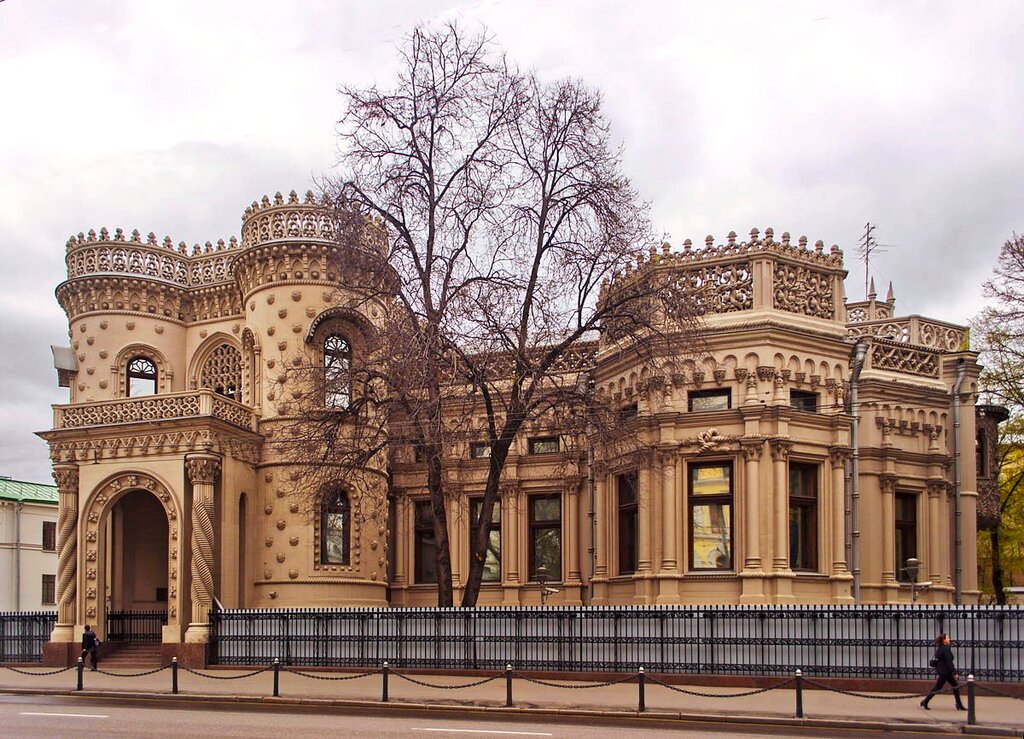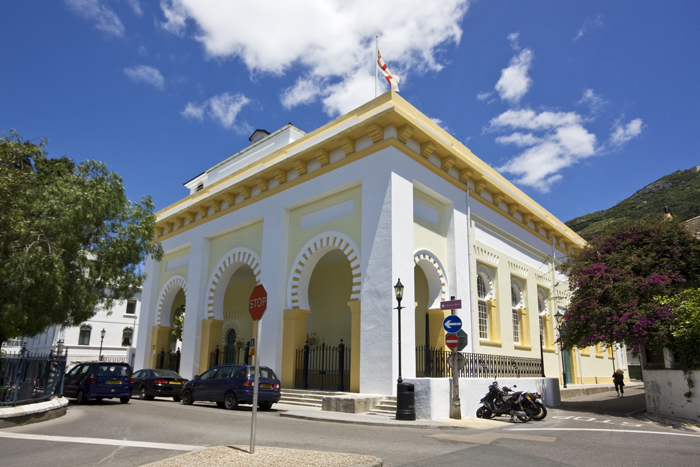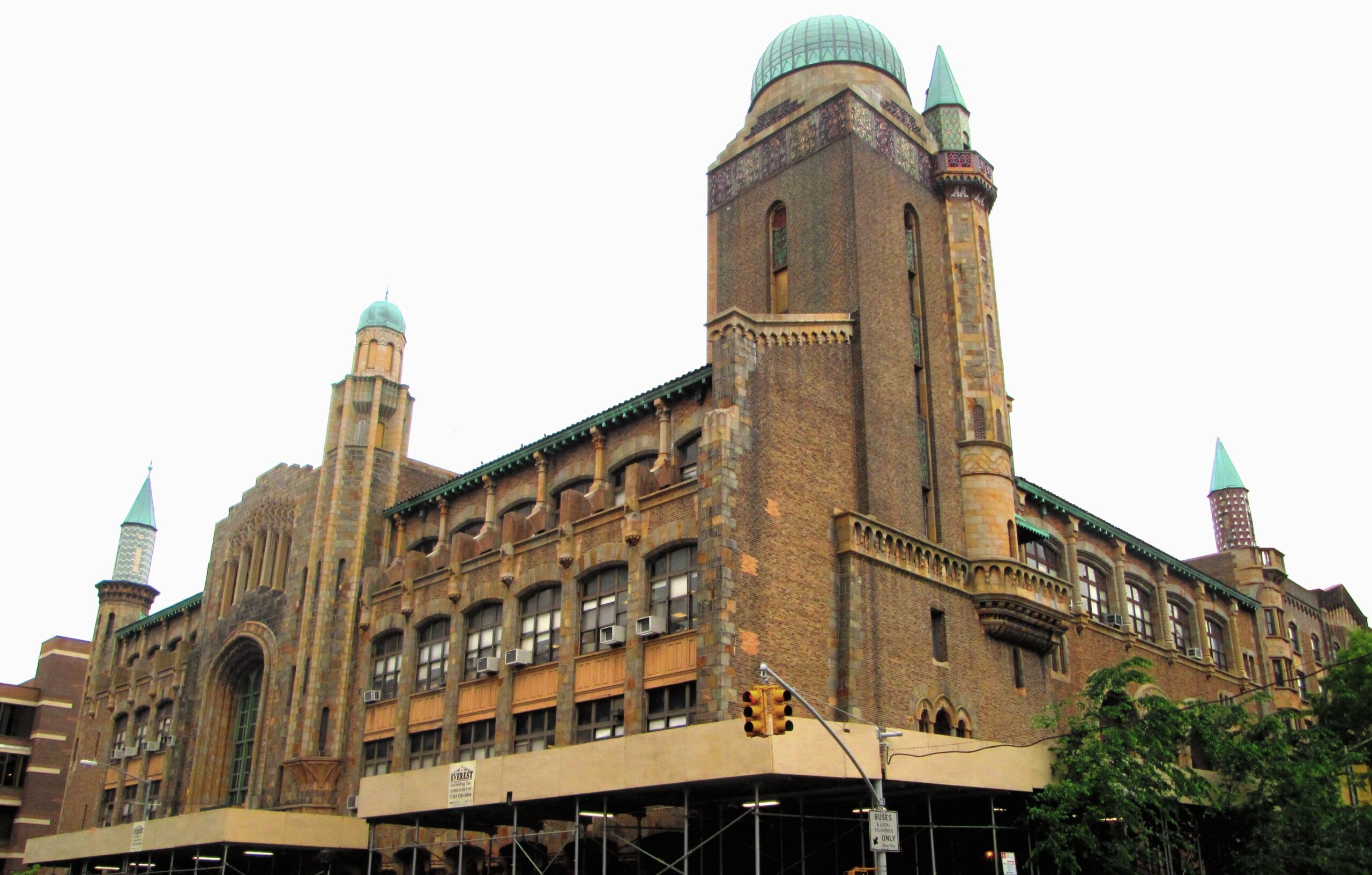History & Heritage
8.17.2023
Neo-Moorish style: When Islamic architecture was en vogue in the West

Many Western cities are home to buildings constructed in the Moorish style. Most of these buildings were erected in the 19th and 20th centuries, and represent a period when Western architects took a great interest in Islamic architecture.
In the Western medieval Muslim world, namely the Maghreb and Andalusia, a distinct architectural manner emerged – recognized as the Moorish style. Many structures constructed in this fashion still persist, drawing in visitors, notably the Alhambra palace. The Moorish style is renowned for its elaborate patterns, also known as Arabesque, horseshoe-shaped arches, intricate tile artistry, and domes.
The 19th century saw the revival of Moorish aesthetics via the Neo-Moorish movement, spurred by a fascination for the exotic and an aspiration to blend historical modes with present-day sensitivities. However, this time the movement did not unfold in the Arab world, but rather in Western nations. Presented here are five celebrated edifices commemorating this resurgence.
Cathedral of the Holy Trinity in Gibraltar
Built in 1838 by John Pitt, 2nd Earl of Chatham, the Cathedral of the Holy Trinity in Gibraltar serves as the main cathedral for the Church of England Diocese of Gibraltar in Europe. Often referred to as Gibraltar Cathedral, it exhibits Moorish revival architecture, notably in its use of horseshoe arches.

Cathedral of the Holy Trinity seen from Cathedral Square, Gibraltar.
Kórnik Castle in Poland
Kórnik Castle, located in Poland, houses the Kórnik Library and a museum showcasing an array of unique items, including furniture, paintings, sculptures, and more. The Moor Room within the castle draws inspiration from the Court of the Lions in Spain’s Alhambra, built by the Andalusians. The castle also features rooms displaying ethnographic and natural collections brought from Australia and Oceania.
Voir cette publication sur Instagram
Gran Teatro Falla in Cádiz
The Gran Teatro Falla, situated in Cádiz, Spain, was constructed beginning in 1884 based on the plans of architect Adolfo Morales de los Ríos. This theater was a replacement for the previous Gran Teatro de Cádiz, which had burned down in 1881. The completed theater, built in Neo-Mudéjar, or Neo-Moorish style, showcases horseshoe arch entryways, a distinctive element derived from Moorish architectural influence.
Cádiz’s Gran Teatro Falla, whose facade alludes to the Mosque of Cordoba and whose name refers to a composer who led a flamenco revival in the early 20th century. I've explored such intersections between music and the legacy of al-Andalus in my book “On Earth or in Poems." pic.twitter.com/S4TZ5IP7d1
— Eric Calderwood (@eric_calderwood) July 3, 2023
Yeshiva University in New York City
Yeshiva University is one of the world’s largest Jewish institutions. In 1928, Zysman Hall – the university’s oldest building – in Washington Heights was remodeled to incorporate a Moorish style, embodying this movement in the midst of New York City.

The Carpenter Center in Virginia
The Carpenter Center, located in Richmond, Virginia, was designed by architect John Eberson and influenced by Spanish Baroque and Moorish architecture. It is notably considered an atmospheric theater due to its design, which simulates a streetscape under a night sky, complete with starry ceilings.
A quick peek at this weekend’s All-State Orchestra beautiful rehearsal and performance spaces at The Carpenter Theater and Richmond Convention Center. pic.twitter.com/nJbEhZMEvv
— McLean HS Orchestra (@McLeanHSOrch) April 7, 2018
popular

